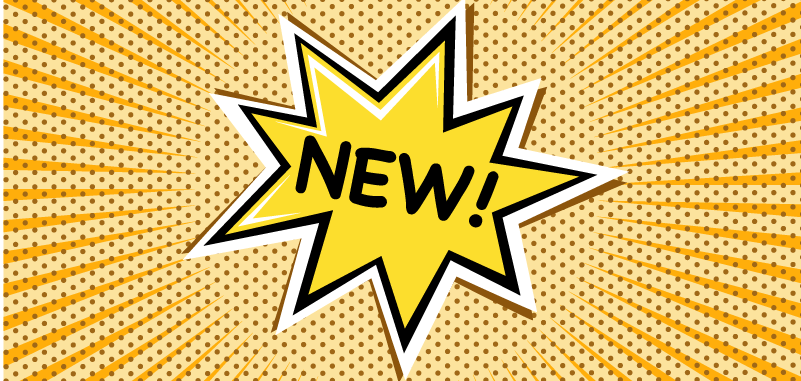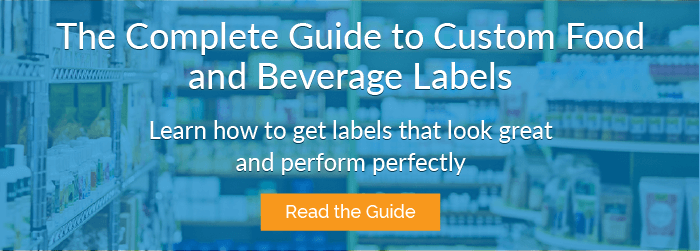
As the expression goes, a picture says a thousand words. If that picture is on your product label or packaging, it says everything.
Ten years ago, a well-known household brand found that out the hard way, when a redesign gained sleek and modern graphics … but lost customers. Millions of them.
In early 2009, Tropicana, the iconic brand that brought fresh Florida orange juice to consumers everywhere, debuted an overhauled package. Gone was the instantly recognizable imagery, an orange with a straw sticking out of it. In its place was an extreme closeup on a glass of orange liquid, set against a generic white background.
The leafy Tropicana logo was modernized, slimmed down, and turned on its side. Where before huge color blocks had helped consumers identify their favorite varieties at a distance, now buyers had to squint at thin strips of text to distinguish high pulp from no pulp.
Certain products speak for themselves, regardless of outward appearances. But for Tropicana, even decades of goodwill, brand loyalty, and market leadership weren’t enough to overcome the revulsion triggered by the redesign. Consumers complained the new look reminded them of from-concentrate store brands, not the “Pure Premium” juice they had loved since childhood.
Sales plummeted 20%, costing parent company PepsiCo $35 million. Meanwhile, competitors like Minute Maid and Florida’s Natural flourished. By February, Tropicana had reverted to its original design.
What went wrong?
Design experts point to a multitude of flaws with Tropicana’s short-lived reboot. Perhaps PepsiCo’s cardinal sin was changing too much, too fast. What we can say for sure about the Tropicana packaging debacle is this: The new look of the carton simply did not match what consumers expected from the brand.
Does Rebranding Ever Work?
The Tropicana incident (and others like it) demonstrates that consumers do, indeed, judge a book by its cover. Longstanding brands are not immune.
When faced with a dizzying array of choices, people make snap judgments based on visual cues – sometimes in as few as three seconds. Nielsen reports that 64% of consumers try a new product simply because the package catches their eye.
It can be tempting to take the Tropicana story as a cautionary tale that warns, “All rebranding is bad.” But this isn’t the case. When protein bar maker Rxbar redesigned its packaging in 2016, the move elevated the brand from industry also-ran to half-billion-dollar acquisition.
Rxbar’s success came from thinking about its brand values and those of its target buyers – simplicity, transparency, “no B.S.” – and translating them into packaging design. Unfortunately, Tropicana had evidently taken the opposite approach, making design changes for their own sake, with no regard for its buyers.
What Does Your Product Label Say About Your Brand?
Whether your product is struggling to connect with consumers – like the pre-redesign Rxbar – or has enjoyed decades of loyal fans – like Tropicana before and after the 2009 fiasco – it’s worth thinking about how it presents itself on the shelf. Is it time for a refresh, or should you stay the course?
Some things to consider as you consider redesigning your product label include:
- What information do buyers want on your product label, and can they find this information easily? For an orange juice carton, consumers may want to see “no pulp” in big, bold letters. Beer buyers may be looking for “craft-brewed IPA.”
- Do the images, colors, textures, and fonts of your product label tell a story about your brand or portray a lifestyle that resonates with your target audience?
- Do these design elements set a tone that aligns with how you want your brand to be perceived? For example, details like metallic foil and embossing typically indicate upscale luxury. Unbleached paper and handwritten fonts say “handcrafted” or “vintage.”
- Will the durability of your label (or lack thereof) betray your brand image? Have you and your label printer chosen materials, inks, and adhesives that hold up to your product’s typical environment?
- Does your design draw from any current design trends? Should it, or should you draw inspiration from the unforgettable labels of the past?
- How could your brand benefit from recent advancements in label technology? The latest smart labels extend into the digital realm.
As you can see, there are a lot of decisions to be made when you’re designing a product label that conveys your brand identity. But as Tropicana and Rxbar learned, taking the time to make the right choices can pay off. For expert guidance creating your next label, contact the Label Printers today.

